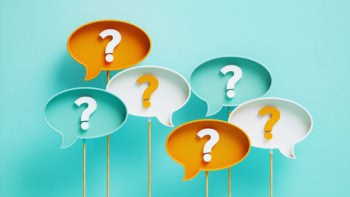
It is no coincidence that “going viral” is used to describe how ideas spread on social media. Researchers have long used models of infectious disease to understand how information – and indeed misinformation – is rapidly disseminated.
But, according to the physicist Wenrong Zheng, these models can struggle to accurately describe how rumours spread.
“Infectious disease models mostly view the spread of rumours as a passive process of receiving infection, thus ignoring the behavioural and psychological changes of people in the real world, as well as the impact of external events on the spread of rumours,” explains Zheng, who is based at China’s Shandong Normal University.
To address this shortcoming, Zheng teamed up with Fengming Liu and Yingping Sun to create a model of how rumours spread that is inspired by the chain reaction of nuclear fission (atom splitting). This process begins with a uranium nuclei spontaneously splitting into two smaller nuclei and several neutrons. If these neutrons are absorbed by other uranium nuclei, it is more likely that those nuclei will split – thus setting off a chain reaction of fission.
The two most common isotopes of uranium are uranium-238 and uranium-235. The former must absorb multiple neutrons before it will split, whereas the latter will split after just one absorption.
Multiple reception
In the trio’s model, a neutron travelling through a piece of uranium is the rumour. A uranium-235 nucleus is a person who immediately disseminates the rumour upon receiving it. A uranium-238 nucleus is a person who must receive the rumour several times before disseminating it.

Web of confusion
“When individuals encounter rumours, they are influenced by their personal interests and decide whether to spread or whether repeated exposure is needed before spreading,” explains Zheng. “Based on different considerations of uranium fission thresholds, individuals are divided into groups based on the influence of their own interest thresholds, fully considering individual behaviour and differences, which is more in line with the reality.”
The researchers conclude that their model is better than some infectious disease models at mimicking the real-life spreading of rumours. They also suggest that rumours often spread slowly at first, which could mean that the spread of misinformation could be countered.
Their model is described in AIP Advances.



